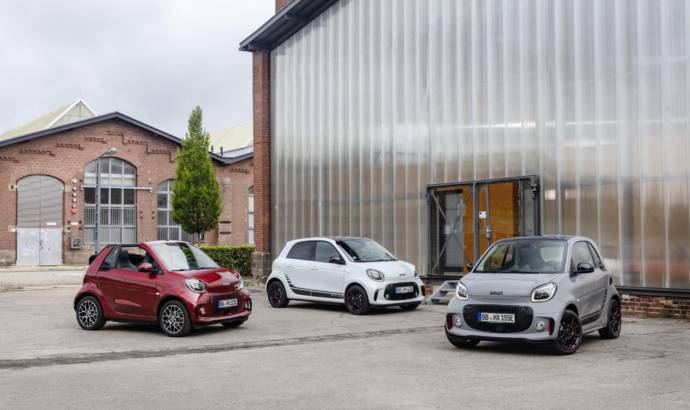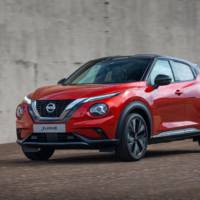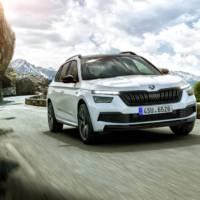Smart will reinvent itself at this year IAA Frankfurt. The current range will be updated and become fully electric. The original was already electric. Back in 1972, during the initial deliberations on an urban traffic vehicle, the concept was purely battery-powered. Visionary Nicolas Hayek also envisioned the smart with a zero-emission powertrain from the start. Since 2007, smart has offered an all-electric option in every generation. Now, Smart is the world’s first automotive manufacturer to switch from combustion engines to electric powertrains across the board.
The exterior of the new generation is typically smart. Integrated optional Full-LED headlamps and redesigned radiator grilles tie in seamlessly with the last show cars.
The revised interior impresses above all with new, expanded stowage options and a re-designed UX concept. The future infotainment generation features smartphone integration.
The new equipment level structure is radically simple – simply smart. The base model is available with three equipment lines: passion, pulse and prime. In addition, customers can choose one of three equipment packages: Advanced, Premium or Exclusive, and finally their preferred colour. Done. As a result, every smart is fully customisable in three steps.
With its optional 22 kW on-board charger with rapid-charging function (standard in the UK), the new models are charged from 10% to 80% range in just under 40 minutes if three-phase charging is possible, depending on local conditions. Thanks to the cooperation with charging network partner Plugsurfing, customers can now use virtually all charging stations.
4.8 seconds for 0 to 60 km/h when the light turns green makes the smart EQ fortwo coupé quick enough to draw astonished looks and provide low-noise driving enjoyment. The new smart models systematically continue to play to all the strengths of the battery-electric powertrain technology.
The lithium-ion battery supplied by Daimler-owned Deutsche Accumotive consists of three HV modules and a total of 96 HV cells, and has a capacity of 17.6 kWh, sufficient for a range of 159 kilometres (NEDC). This corresponds not only to several times the average daily kilometres driven in Germany, but above all to a generous range in the metropolitan environment where energy can be recovered through recuperation.
Radar-based recuperation in the city is a particularly convenient feature. It allows the smart to slow down automatically behind a vehicle ahead. Coasting and braking phases are perfectly coordinated to enable the maximum amount of kinetic energy to be returned to the battery.



